
.
"Reverse The Trend. Start High Poly And Go Low."
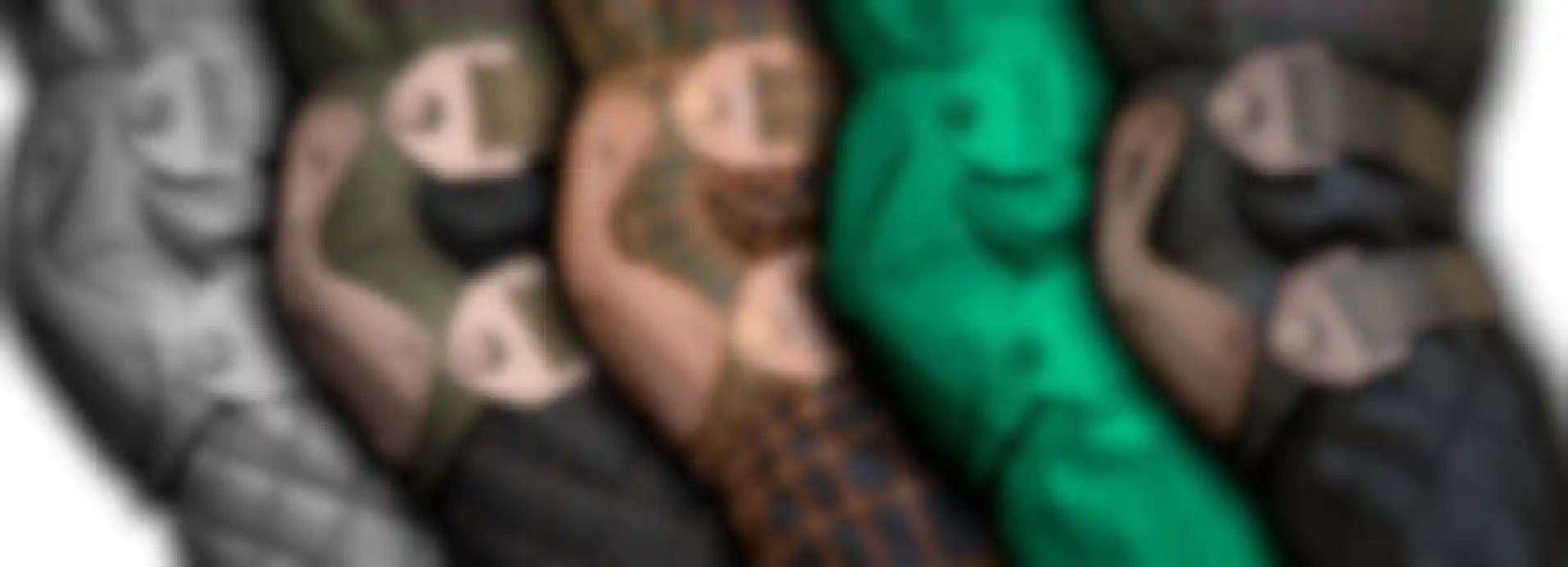
"I know that I have to switch to digital sculpting or my work will soon only be retopology." This sentence has been said with variations by multiple artists working in video game studios. Since the arrival of ZBrush in the real-time 3D industry, a major trend has been reversed: High resolution sculpting is now the starting point for creation rather than only being used for fine tuning the model and creating details. In other words, rather than starting with the constraints in a low polygon base mesh, an artist is free to experiment and create the ideal character first, before creating the best animation-ready mesh for that figure.
A traditional workflow can of course still be followed. ZBrush integrates sophisticated polygonal modeling systems and mesh generators to quickly build base meshes before moving to the sculpting steps.
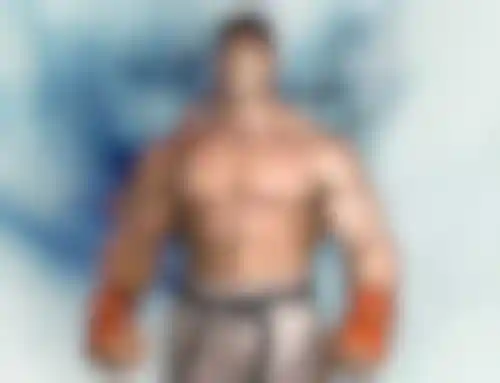
Freedom for the Artist
ZBrush is at the forefront of the paradigm shift, offering a creation approach that is totally different from what was possible before. It frees the artists to modify and refine their designs on the fly with both minor and drastic changes – all done at any point along the production process. It is done without sacrificing the quality of their artwork or the need to backtrack and discard work that has already been done. They are no longer in a position of being artistically "boxed in" by a base mesh.
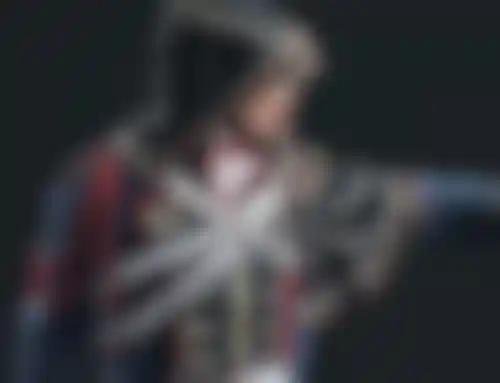
Better Quality and Productivity
This flexibility is bringing far more than just increased quality. It is a faster way to work, with the capability for all production models to be higher quality rather than only the hero models. The sculpting and painting tools in ZBrush empower studios to go beyond their own expectations. As proof, just look at the quality of these major video game productions: "The Last of Us", "Gears of War", "God of War" or "Assassins Creed" -- to name just a few.
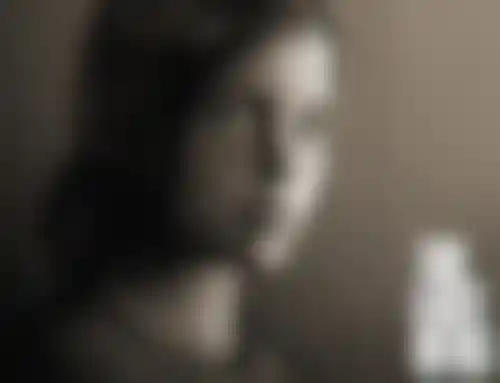
ZBrush, the Game Changer
The majority of AAA games for next-gen consoles and PC’s have used ZBrush. They continue to do so even more aggressively in order to offer a unique visual experience to their players. It's no coincidence that the visual quality in games today is constantly moving closer to the movie industry, where ZBrush is also a leader. You will find ZBrush used along the entire game production process, from concept design to creating marketing assets.
Tech Corner

From Organic to Hard Surfaces
ZBrush allows the artist to quickly build models of all kinds. It is best known for organic figures but it also has a variety of functions that are ideally suited to mechanical objects, such as Cut and Polish which are based on PolyGroups. Vehicles, weapons and armor are regularly created in ZBrush. The brush system is highly flexible and with the Insert brushes an artist can actually sculpt with geometry. For example, rivets can be inserted into metal or stones into a wall.
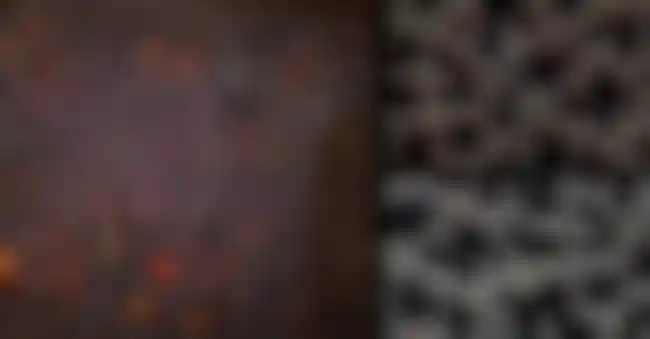
Mix 2.5D and 3D for Infinite Details
ZBrush offers more with its unique 2.5D technology based on Pixols. This allows the creation of tiling 3D textures that are derived from real 3D meshes already rich in fine details. The finished result can be a spectacular hightfield or normal map, created in a fraction of the time that's required by alternative methods and which can be reused not only as a final in-game component, but also as a pattern for the sculpting brushes.
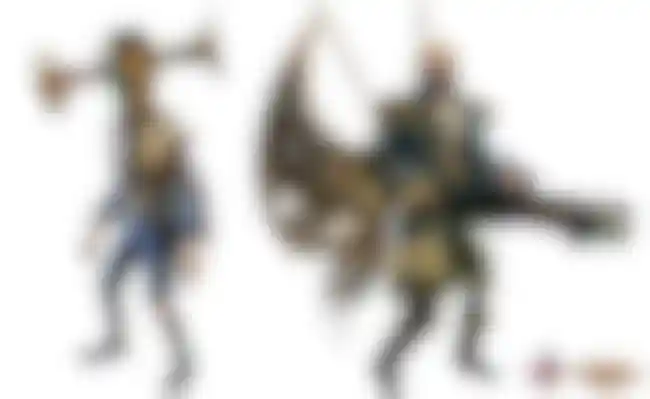
Non-Linear Workflow
With the help of PolyPaint, texture artists can begin working in high resolution, before UV's have been assigned – or even before the final low resolution mesh has been created. Whenever the artist and model are ready, this PolyPaint is converted to a texture map with a single button click. Not only does this allow texturing to begin much earlier in the pipeline, it also adds the ability to change a model's geometry or UV mapping at any time without sacrificing any texturing that has already been done.
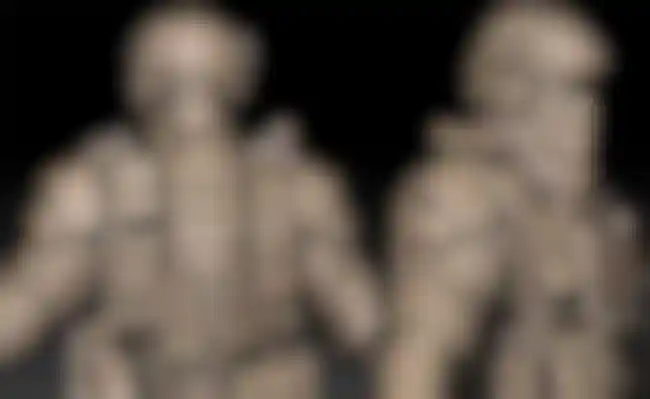
Powerful UV and Optimization Plugins
UV Master (included for with ZBrush) is powered with an unwrap algorithm which keeps texture distortions to a minimum. It can create new UV mapping automatically, with guidance for resolution scale and where seams should go. If you want to use other tools to extract data from your 3D models, ZBrush and its free Decimation Master plugin can reduce your high resolution model's millions of polygons by hundreds of thousands without any visual loss of quality. Further, when it is time to retopologize your model and create the low resolution base mesh you can turn to the powerful ZRemesher. A single button click is all that's necessary to retopologize most environmental models, while features exist to easily guide edge loops and polygon density where necessary for animated figures.